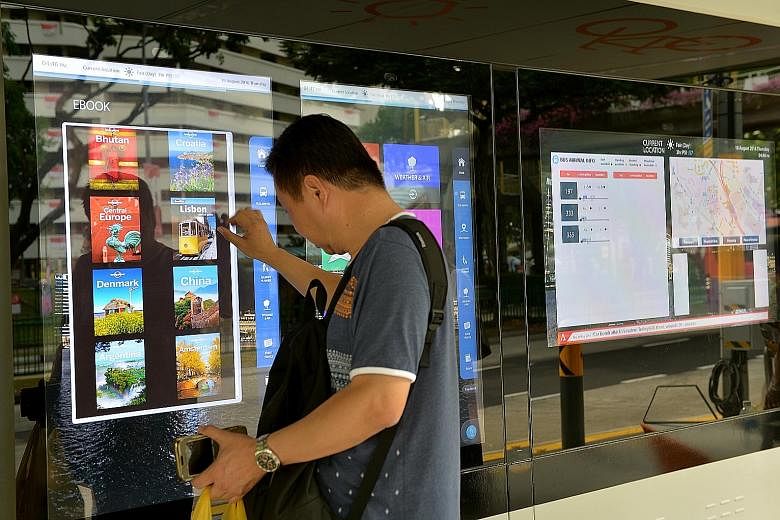Across the globe, cities like Singapore are investing heavily in smart city infrastructure, which is generating unprecedented amounts of data. Such information has huge potential to help governments, residents and businesses make smarter choices in areas such as urban transportation, healthcare, logistics as well as policy and planning.
Technologies that enable easy generation, storage and sharing of such diverse data streams allow for large-scale studies on urban mobility and collective behaviour.
Already a subscriber? Log in
Read the full story and more at $9.90/month
Get exclusive reports and insights with more than 500 subscriber-only articles every month
ST One Digital
$9.90/month
No contract
ST app access on 1 mobile device
Unlock these benefits
All subscriber-only content on ST app and straitstimes.com
Easy access any time via ST app on 1 mobile device
E-paper with 2-week archive so you won't miss out on content that matters to you

